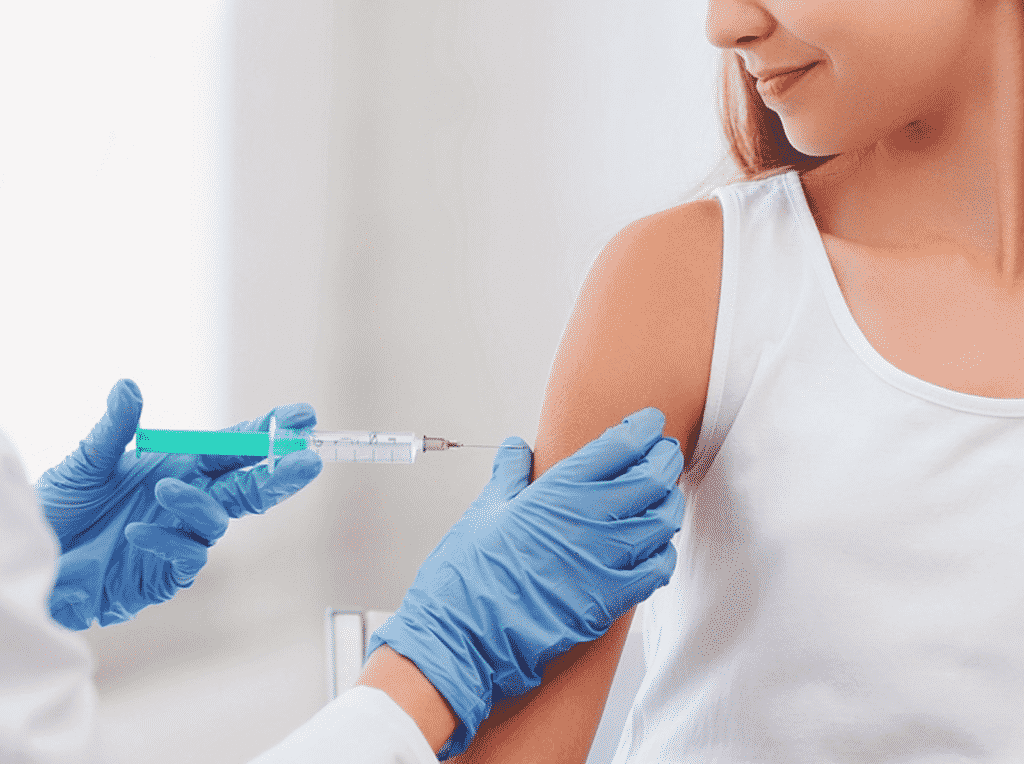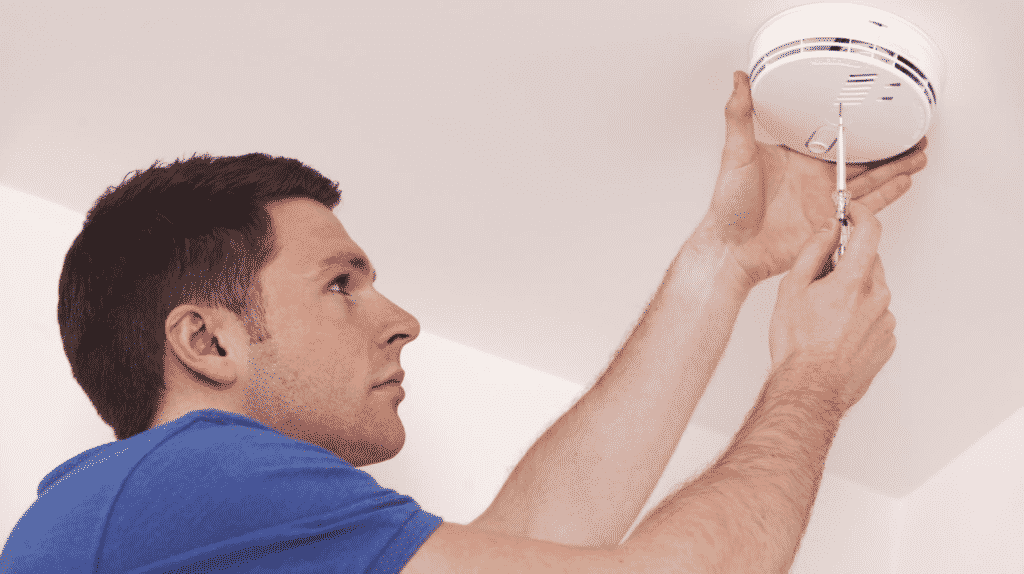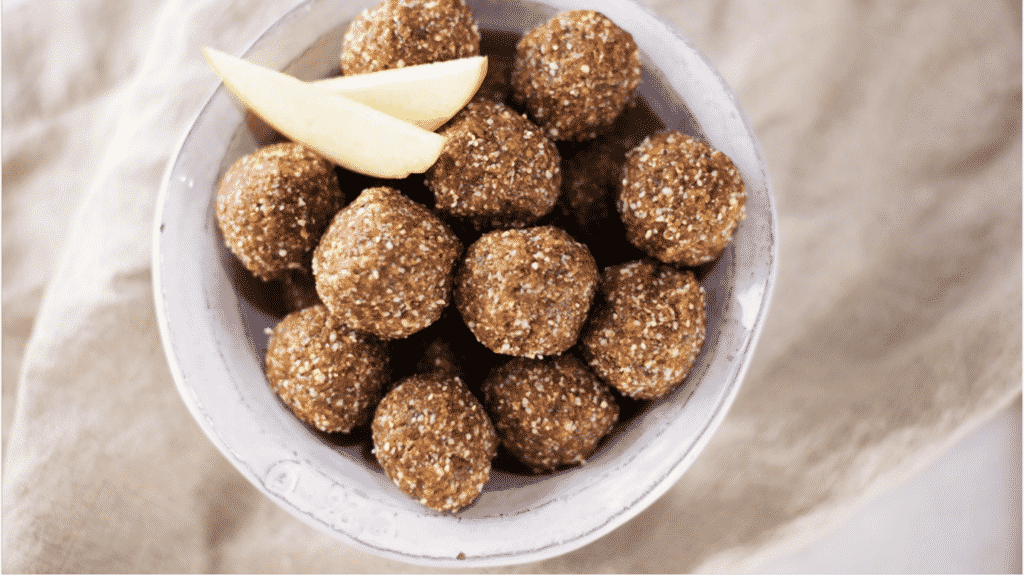Archive for February 2017
A Vaccine To Prevent Cancer—New Updates By Terry Polanin, MSN, FNP-BC
For the first time in our lifetime, there is a vaccine to prevent cancer, specifically cervical cancer! I would like to provide an update on the latest advances in the…
Read MoreFinding Joy in Everyday Movement By By Hope Placher, PA-C, MMS, IFMCP
To begin with, I’d like to take a moment and thank you for your prayers, support and well wishes while I was gone on maternity leave. It should come as…
Read MoreReduce Your Risk: Carbon Monoxide Safety By Dr. Michele Couri, MD, FACOG, ABIHM
The idea for this month’s newsletter article came to me from one of my patients. Her name is Kristy. Her story is as powerful as it is tragic. However, we…
Read MoreWhat’s In Your Protein Bar? By Leslie Rusch-Bayer, RD, LDN, CPT
As I continue my article series on protein, this month I would like to discuss protein bars. Many companies, health promoters and gym enthusiasts market protein bars as a healthy…
Read MoreCouri Center News!
March Recipe: Cilantro Walnut Pesto
A recipe by Andrew Weil, M.D: A wonderful addition to pasta or soup and can be enjoyed as a dip or spread. Nutrients Per Serving, Serves 16 Calories 50 Fat…
Read More





